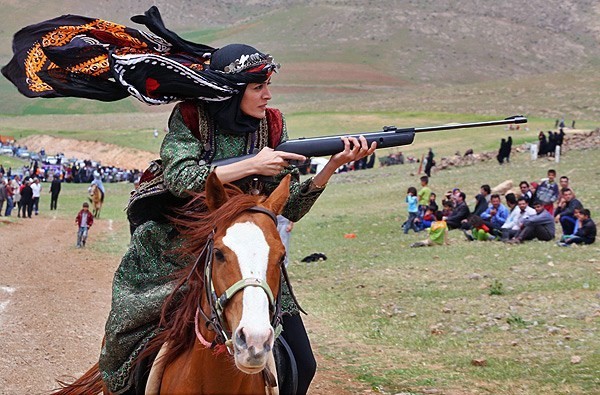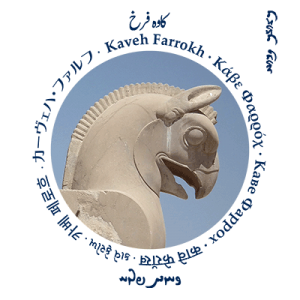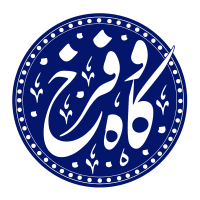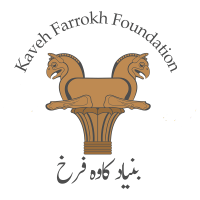The prestigious Casa Editrice Persiani based in Italy has published following article on the historical role of Iranian women in war (available for download in pdf):
The above article provides an in-depth examination of Iranian women in warfare. It is a fact that one of the domains that have received the least amount of attention by Western scholarship is the role women warriors of ancient Persia.

A sample of slides provided during Kaveh Farrokh’s presentation “Parthian era Amazons? Placing the Weapons finds at Vestemin in Historical Context” at ASMEA in 2018.
Women for example were seen in positions of military leadership in the armies of the Achaemenids (550-330 BCE). A prime example of this is Artemesia of Halicarnassius (now in modern western Turkey) one of Xerxes’ most capable admirals during the failed invasions of Greece in 480 BCE. The daring naval exploits of Artemesia reputedly led Xerxes to state that:
“…my men have become women and my women have become men”.
Note that Artemesia was one of Xerxes’ chief military advisors.
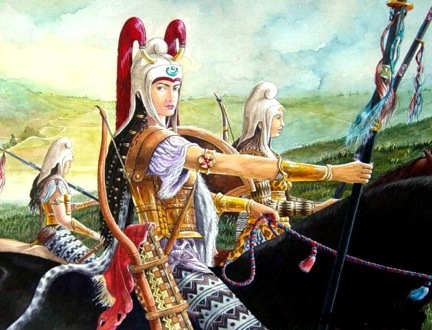
A reconstruction of a female Achaemenid cavalry unit by Shapur Suren-Pahlav.
The appearance of women in combat roles is a feature that was archaeological evident among the wide range of Iranian peoples, not just in the Iranian plateau but along the wider swathe of Central Asia and further westwards into modern-day Ukraine and sections of contemporary eastern Europe.
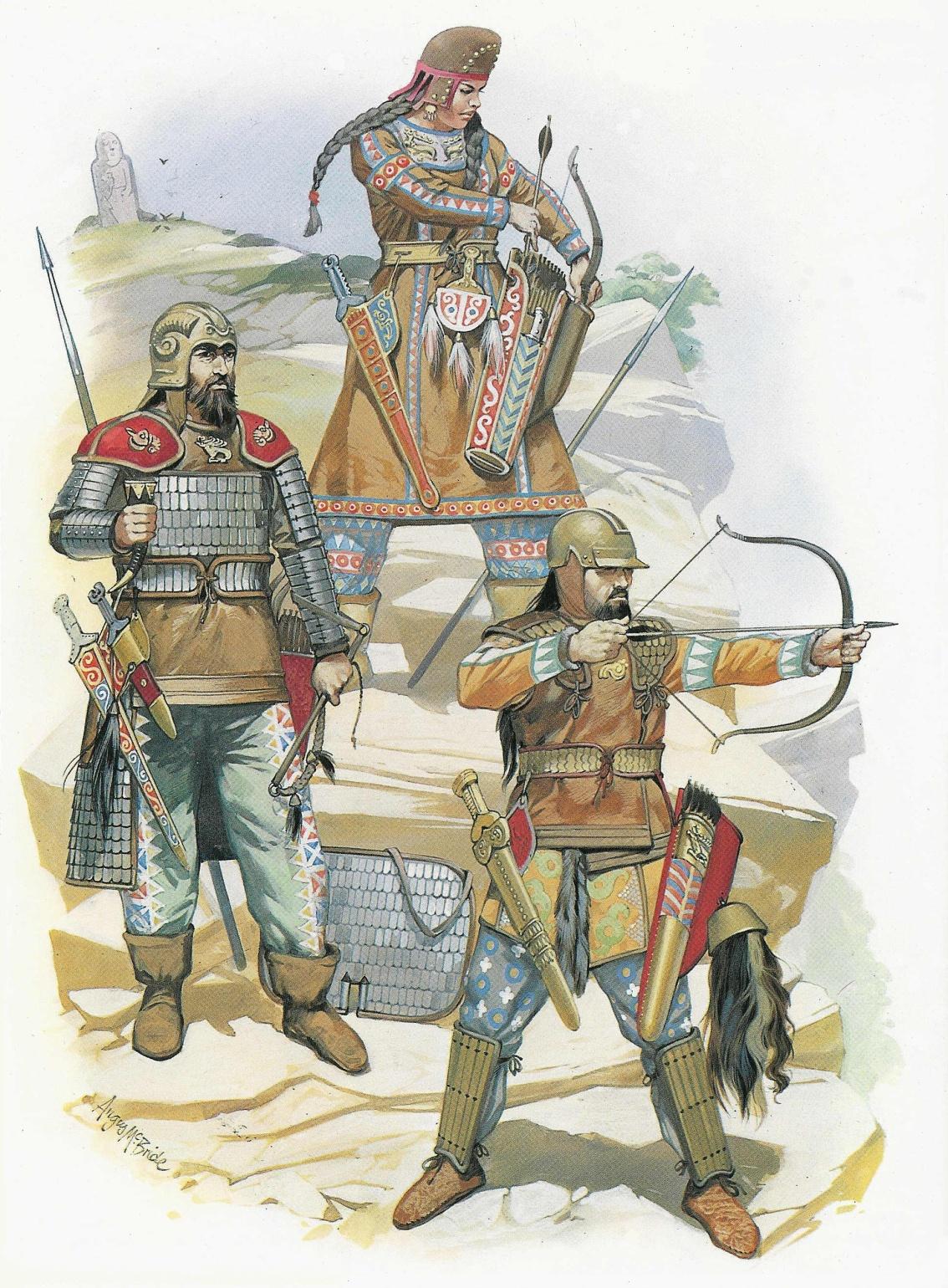
A reconstruction by Cernenko and Gorelik of the north-Iranian Saka or Scythians in battle (Cernenko & Gorelik, 1989, Plate F). The ancient Iranians (those in ancient Persia and the ones in ancient Eastern Europe) often had women warriors and chieftains, a practice not unlike those of the contemporary ancient Celts in ancient Central and Western Europe.
What is notable in the above historical reconstruction by Cernenko, is the attire of the Iranian female warrior – this type of dress continues to appear in parts of Luristan and among the Kurds in Western Iran.
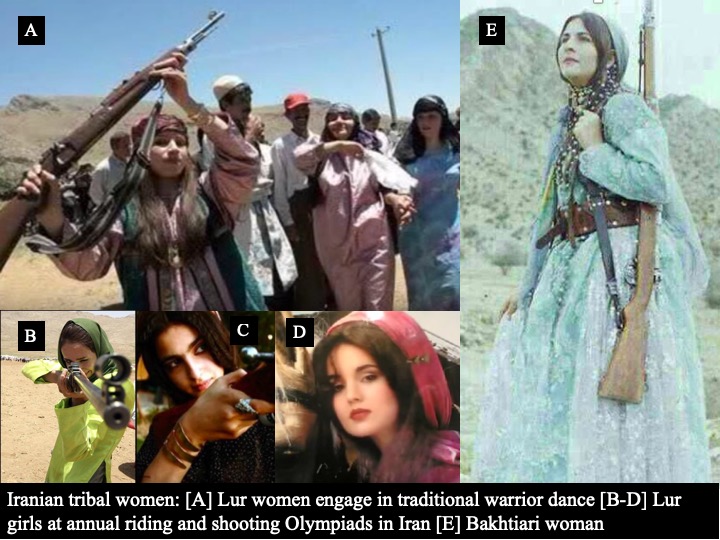
A sample of slides provided during Kaveh Farrokh’s presentation “Parthian era Amazons? Placing the Weapons finds at Vestemin in Historical Context” at ASMEA in 2018.
Much of what is identified as “Amazons” in Western outlets is identifiable in the martial culture of ancient Iranian peoples. As noted by Adrienne Mayor, (scholar at Stanford University and author of The Amazons: Lives and Legends of Warrior Women Across the Ancient World):
“There have always been stories of Amazons and Amazon-like women; sometimes they have circulated hidden under the surface and other times, like today, they break through into popular culture…it is no longer possible to deny the reality behind the myths of Amazons.“
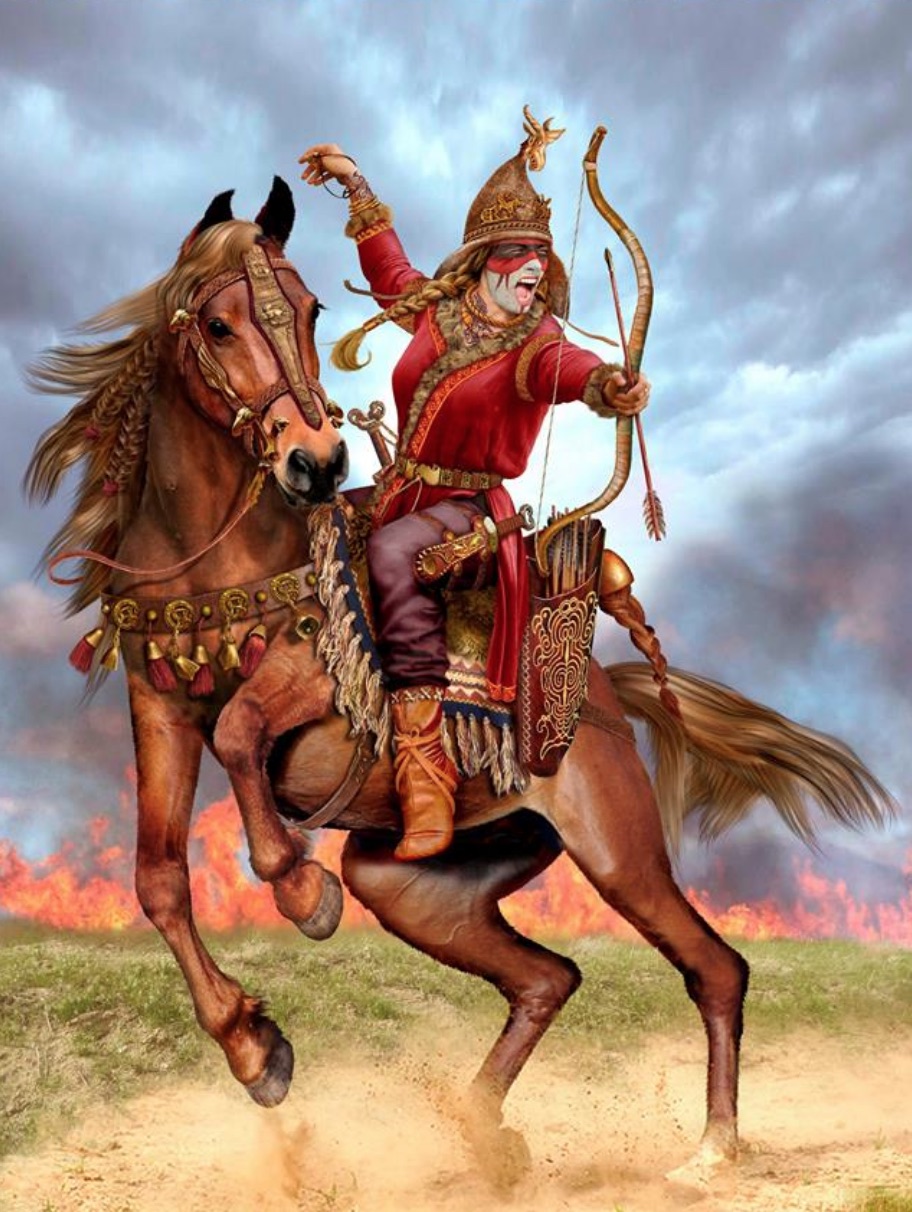
Female Scythian horse archer (Source: Osinform). The Sarmatians who succeeded the Scythians on the steppes and the Ukraine region were similar to their cousins in Persia where Romans made references to female fighters in the Sassanian army for example.
Weapons have also found to be buried in the graves of Parthian females in northern Iran – for more see:
- Farrokh, K., & Karamian, Gh. (2018). Weapons in the tombs of Parthian Era Women in Northern Iran: A Preliminary Report. Fezana Journal (Publication of the Federation of Zoroastrian Associations of North America), Vol. 32, No.3, Fall/September, pp. 18-21. – For more on the weapons found in the graves of Parthian women fighters in the graves at Vestmin consult pages 67-68 in: Karamian, Gh., Farrokh, K., Kiapi, M.F., Nemati, H. (2018). Graves, crypts and Parthian weapons excavated from the gravesites of Vestemin. HISTORIA I SWIAT, No.7, pp. 35-70.
Excavations within the modern borders of Iran have revealed the existence of female warriors. In the northwestern Iranian city of Tabriz, 109 warrior graves were unearthed. Archaeologist Alireza Hejebri-Nobari confirmed in a 2004 interview that the DNA found in one belonged to a woman. DNA testing was due to take place on other warrior graves, 38 of which are still intact, but according to Mayor’s contacts in Iran, that DNA research was halted in August 2020 due to a lack of resources.
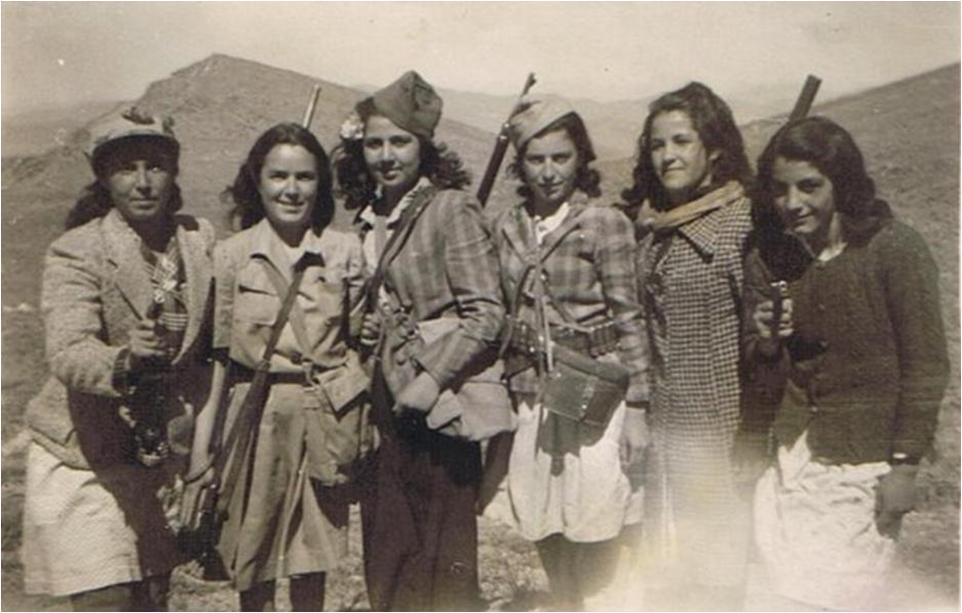
Iranian women from Malayer (near Hamedan in the northwest) engaged in target practice in the Malayer city limits in the late 1950s. The association between weapons and women is nothing new in Iran; Roman references for example note of Iranian women armed as regular troops in the armies of the Sassanians (224-651 CE).
Iranian women were to also play a major role in the early 20th century in the birth of Western Asia’s first democracy movement. One such figure Maryam Bakhtiari who is know for role of organizing against Russian and British forces invading Iran in the early 20th century.

A sample of slides provided during Kaveh Farrokh’s presentation on Ancient Iranian Women at Portland State University in 2013.

